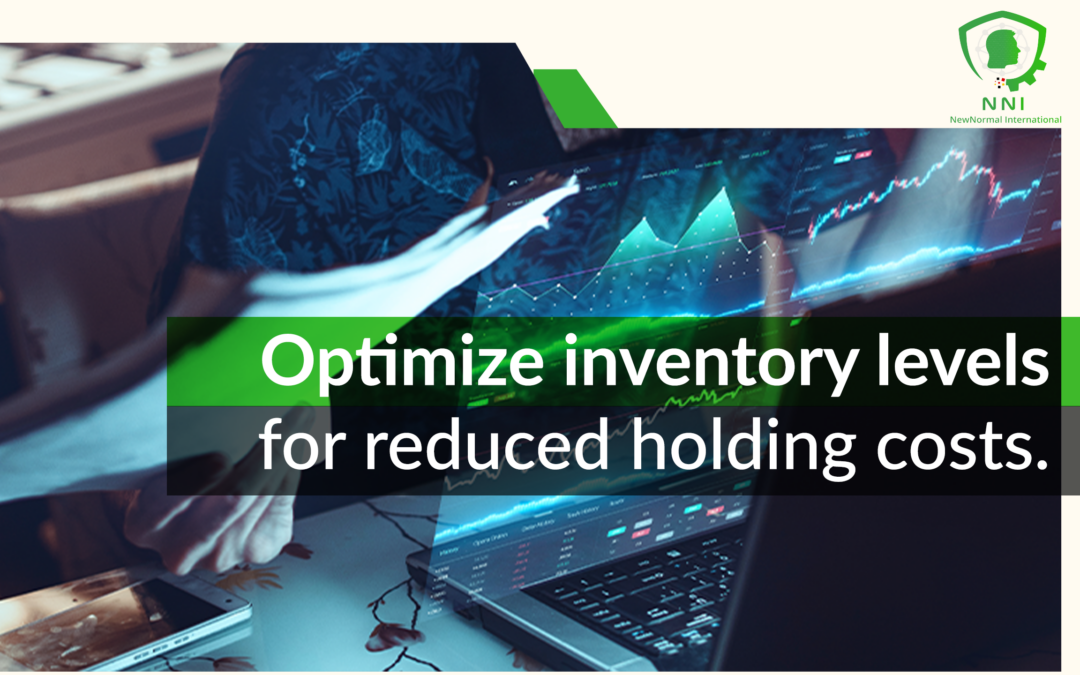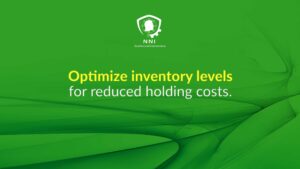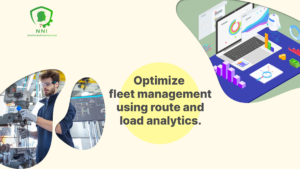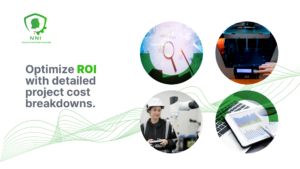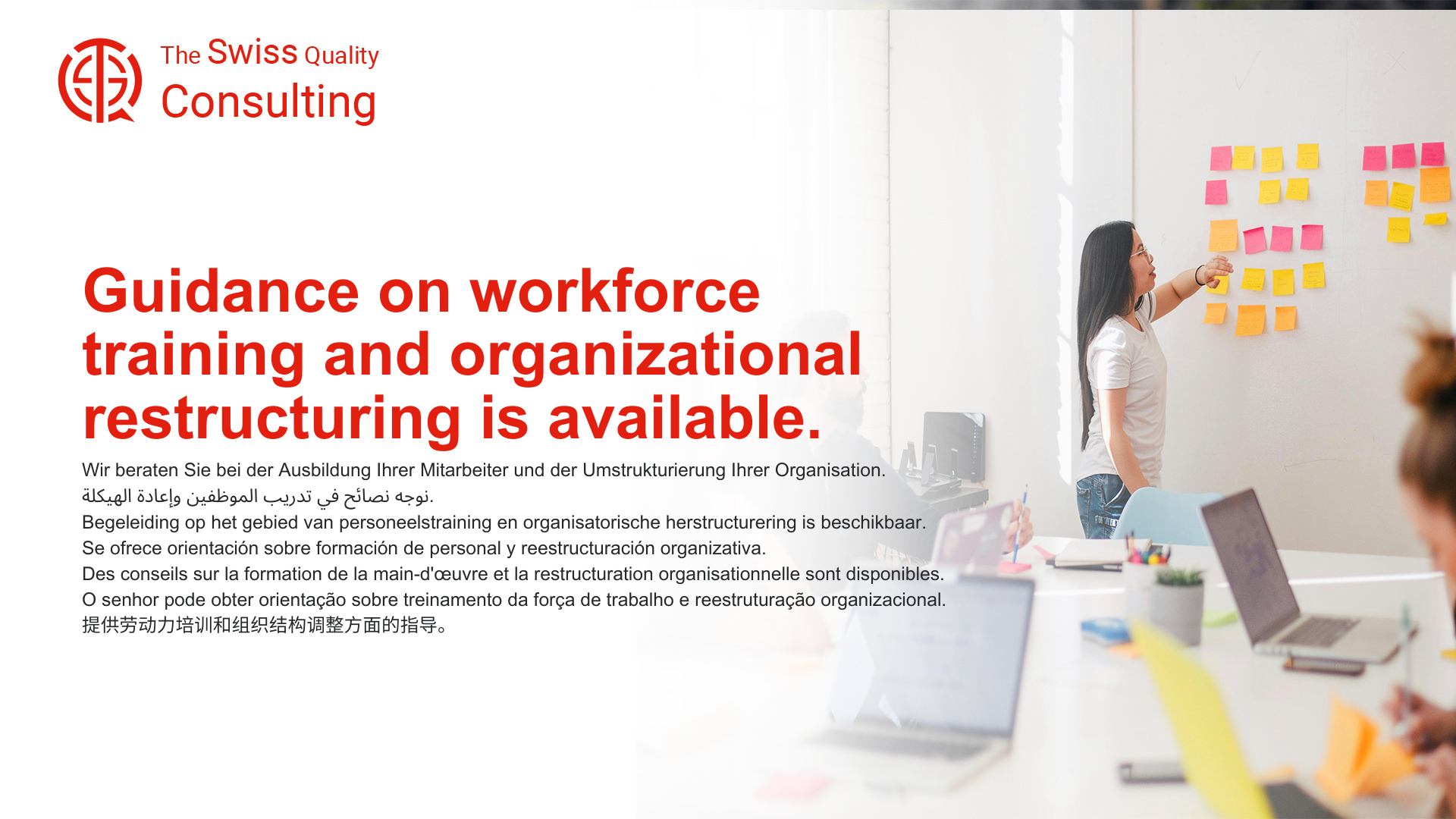Enhancing Business Efficiency through Smart Inventory Practices
In the pursuit of operational efficiency, the ability to optimize inventory levels for reduced holding costs is essential for businesses. This article explores the importance of strategic inventory management, its impact on change management, executive coaching, effective communication, and the role of Generative Artificial Intelligence in optimizing inventory processes.
Change Management for Inventory Optimization
Imagine your warehouse as a dimly lit labyrinth, overflowing with stockpiled chaos, where finding the right product feels like a mythical quest. Effective change management transforms this maze into a gleaming data-driven cathedral, where inventory flows like a luminous river, perfectly attuned to the rhythm of customer demand. Implementing optimization strategies isn’t just about swapping crates and spreadsheets; it’s a metamorphosis, reshaping your approach to inventory from blind intuition to laser-precise orchestration, where every item whispers its story in the language of data.
Think of stockouts, once gaping chasms of frustration, morphing into holographic projections predicting shortages before they even materialize. Gone are the days of panicked searches and furious restocking; with data-driven insights, you anticipate peaks and valleys in demand, optimize lead times, and ensure every shelf hums with the perfect balance of availability and efficiency. This agility isn’t just a logistics upgrade; it’s a sales engine, ensuring smooth customer experiences, boosting conversion rates, and transforming every aisle into a wellspring of profitability.
But this transformation demands not just new tools, but a cultural revolution. Change management becomes your architect, leading both employees and leadership through the labyrinthine maze, crafting new workflows, demystifying data reports, and fostering a spirit of data-driven decision-making. Training programs blossom into vibrant workshops where everyone learns to interpret inventory analytics, identify optimization opportunities, and champion a culture of constant improvement. This shift isn’t just about learning software; it’s about embracing a data-driven lens, where every decision resonates with the unwavering pulse of customer demand.
So, don’t just wander through the dim labyrinth; illuminate your inventory with the power of data-driven optimization. Embrace optimization strategies not as compliance exercises but as transformative opportunities. Watch as stockouts vanish like phantoms, shelves hum with perfect equilibrium, and sales soar with every satisfied customer. And ultimately, celebrate your transformation from a chaotic maze to a cathedral of data-driven efficiency, leading the way in the era of agile logistics and boundless customer satisfaction.
Option 2: Focus on the practical benefits and potential challenges:
Imagine your inventory management as a rusty abacus, struggling to keep up with the rapid pace of modern business. Inventory optimization systems are like sleek supercomputers, crunching data, calculating demands, and predicting your needs with uncanny accuracy. These aren’t just fancy databases and automated ordering algorithms; they’re powerful tools that unlock hidden efficiency, minimize waste, and empower you to make smarter decisions about every stocked item.
Think of warehouse costs, once stubbornly high, melting away like ice in the desert sun as optimization algorithms minimize waste, streamline processes, and predict inventory needs with pinpoint precision. Gone are the days of overstocking or understocking; with data-driven insights, you optimize storage space, eliminate dead stock, and ensure every dollar in your inventory sings with the melody of productivity. This cost-efficiency isn’t just a bottom-line booster; it’s a competitive advantage, freeing up resources for innovation, slashing unnecessary expenditure, and allowing you to outmaneuver rivals caught in the grip of inefficient inventory management.
But navigating the transition to data-driven inventory can be a complex rewiring job. Legacy systems might resist integration, ingrained manual processes can be hard to unlearn, and convincing employees to embrace new algorithms and workflows can feel like wrestling a skeptical pack mule. Additionally, ensuring data security, managing access controls, and adapting to evolving software updates require careful planning and ongoing maintenance.
So, embrace the challenge but approach it with a meticulous plan and a commitment to data-driven decision-making. Partner with experienced technology providers, conduct thorough feasibility studies, and involve stakeholders at every step of the implementation process. Remember, inventory optimization is not a quick fix; it’s a collaborative journey that demands ongoing refinement, clear communication, and a relentless focus on empowering your team to become data-driven inventory masters.
Watch as your rusty abacus fades into the past, replaced by a symphony of automated processes and insights. Witness warehouse costs plummet, efficiency soar, and your profit margins widen with every optimized stock item. And ultimately, celebrate your transformation from a warehouse of inefficiency to a data-driven haven of cost-effectiveness and relentless competitive advantage.
Executive Coaching for Efficient Inventory Management
Executive coaching services can be invaluable in guiding leaders through the complexities of inventory optimization. Coaching can provide insights into the best practices for inventory management, helping leaders develop strategies to reduce holding costs while ensuring product availability.
Effective Communication in Inventory Processes
Effective communication is vital in the realm of inventory management. Communicating inventory levels, demands, and forecasts clearly within the organization helps in aligning various departments, from procurement to sales, ensuring a cohesive approach to inventory management.
Generative AI in Inventory Level Optimization
The integration of Generative Artificial Intelligence (AI) in inventory management can significantly enhance the process of optimizing inventory levels. AI algorithms can analyze historical sales data, predict future demand, and suggest optimal inventory levels, thereby reducing holding costs and minimizing the risk of stockouts.
Project Management for Implementing Inventory Solutions
Effective project management is essential for the successful implementation of inventory optimization solutions. It involves coordinating various aspects of the project, from technology integration to process redesign, ensuring that the new system meets the business’s inventory management goals.
Conclusion Optimize Inventory Levels for Reduced Holding Costs
Optimizing inventory levels for reduced holding costs is not just a logistical challenge; it’s a strategic business initiative. By adopting advanced inventory management practices, businesses can enhance operational efficiency, reduce costs, and improve overall profitability.
#InventoryManagement, #ReducedHoldingCosts, #BusinessEfficiency, #GenerativeAI, #StrategicPlan


